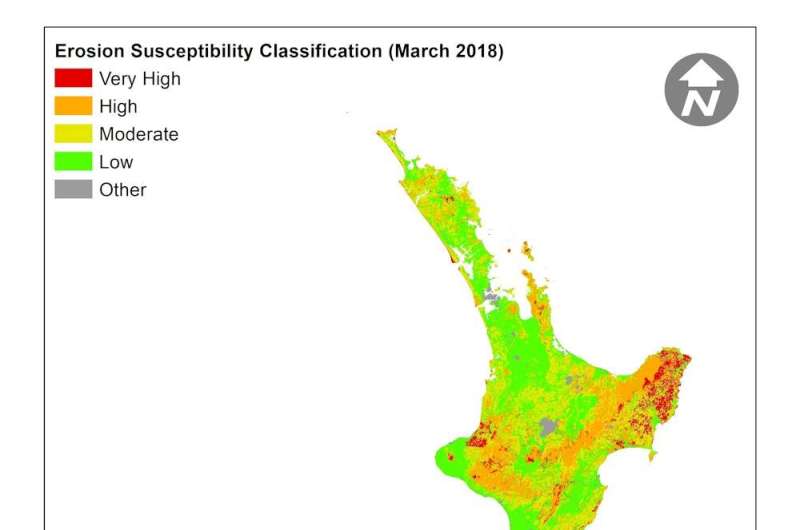Welcome to a crucial discussion about forestry and environmental safeguarding in New Zealand! Here, we dive into the pressing issue of “slash” and sediment management in logging practices, showcasing the delicate balance between economic growth and ecological sustainability. Join us as we explore what’s at stake and what can be done to protect our natural landscapes.
In New Zealand, lush green hillsides transform into commercial forests that play a vital role in the economy. However, nestled within this beauty is a hidden danger—discharges of slash (woody debris from logging) and sediment, particularly in the steep hills of Gisborne. Over the past decade, forest companies have faced significant scrutiny due to illegal discharges that have harmed rivers and coastlines, leading to a barrage of environmental convictions.
To address this ongoing problem, the government has established the National Environmental Standards for Commercial Forestry, which aims to set rules for logging operations. Despite revisions made after Cyclone Gabrielle, there are concerns that the proposed changes may not be sufficient to tackle the fundamental issues contributing to these hazardous discharges.
Understanding the Legal Landscape
In June 2018, severe storms in the Gisborne district elevated the stakes, leading to five forestry companies being held accountable for their actions. These convictions highlighted the failure to manage slash and sediment discharges from clear-felling practices. Interestingly, while the companies had the necessary permissions to harvest large areas, this did not absolve them from responsibility when their infrastructure collapsed and debris flowed downstream.
New Zealand’s unique landscape is classified by its susceptibility to erosion, with Gisborne facing particularly challenging conditions. Here, 55% of commercially logged forests sit on “red” land, which is extremely vulnerable to erosion. This reality complicates the forestry practices and requires diligent management to prevent environmental damage.

Lessons from Recent Cases
In reviewing the convictions, it became evident that the forestry companies had obtained the necessary consents but struggled with compliance. Simple management mistakes, such as improper construction of logging roads, led to increased sediment discharges that contributed to damage downstream.
What stands out is that even with compliance to regulations, devastating erosion can still occur. This crucial takeaway emphasizes the inherent risks of clear-felling on erosion-prone land. Both industry leaders and communities must understand that managing this risk is of utmost importance.
Looking Ahead: The Path to Better Regulations
While regulations might seem like an obstacle, they serve an important purpose—they provide clarity that allows businesses to operate without fear of legal repercussions, as long as they adhere to environmental guidelines. However, the current standards, particularly regarding the size of clear-fell areas, need to evolve to effectively mitigate risks associated with large-scale logging in vulnerable regions.
To truly protect our communities and ecosystems, it is essential to implement rules that restrict clear-felling on erosion-prone land. By championing responsible forestry practices, we not only enhance the sustainability of our natural resources but also ensure the longevity of the industry itself.
Ultimately, a collaborative effort can guide the implementation of better practices in forestry, benefiting both the environment and the economy. Together, we can cultivate a future where sustainable forestry thrives, limiting the risks to our beautiful landscapes.
This article is republished from The Conversation under a Creative Commons license. Read the original article.![]()
If you would like to see similar science posts like this, click here & share this article with your friends!

